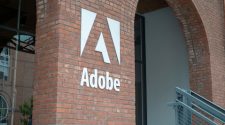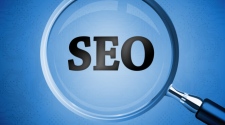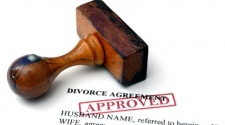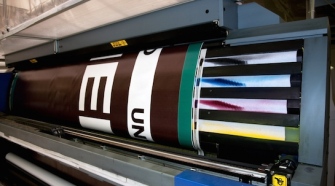Traditional business cards aren’t worthless. In this hyped-up, logged-in, always-on society, some people think that old-fashioned dead-tree business cards are about as useful as a slide rule. That would be nearly accurate if you think of business cards only as a way to give people your contact information. However, modern business cards can and should do much more than that.
When you hand your business card to prospective clients or customers, it can be their first interaction with your brand. Put another way, your business card is a prospect’s first impression of your brand. If you h aven’t given much thought or effort to your cards — or if you don’t even have a business card — what are you saying about your brand?
aven’t given much thought or effort to your cards — or if you don’t even have a business card — what are you saying about your brand?
First Impressions
Because your business card is someone’s first impression of your brand, it should match the branding you use everywhere else. If your business card has a URL on it, when someone follows that URL to your company website, it should be clear without reading a word that the card and the site go together.
The physical card itself is as important as the information you put on it, too. Do-it-yourself business cards with uneven edges and smeared ink do not reflect well on the state of your brand.
Also, think not only about the logos, fonts and motto but about the company culture and customer expectations. Business cards are two-sided, which gives you twice as much room to make a great impression about your brand. Think of the front of the business card as basic information about you and your company and the back of the card as a glimpse into your brand.
Remember that traditional business card holders assume that the back of business cards are blank, so any information placed there should be non-critical, supplemental information. Many companies that print business cards will let you put a different image on the back of each card, which means you could highlight products, print inspirational quotations or even show photos from around the office — whatever best fits with your brand and company culture.
The First Step toward Conversion
When you give someone a business card, you bring that person into your business network. What they do with that card and the information on it is entirely up to them, but that doesn’t mean you shouldn’t try to get them to do what you want them to do. You should think of your business card as the first step toward a conversion.
Which leads to the question, what type of conversion do you hope to achieve when you hand out your business card? Thinking about this when you design the card can dictate what information you include on it.
- If you’re only interested in growing your network, you may want to include your social media profiles but leave off the company’s physical address.
- If you want walk-in customers, you definitely need to have your physical address (maybe even a small map). But perhaps your LinkedIn profile or customer service phone numbers aren’t necessary.
- If you’re hoping for an online sale, leave the home page URL out and direct users farther into the online sales funnel.
If, as any of us do, you deal with more than one type of conversion, consider printing up small batches of different types of business cards suitable for different occasions.
You never get a second chance to make a first impression. It’s a tautology, yes, but that doesn’t mean it’s meaningless. That first impression you make with your business card cannot be undone, so make sure you’re transmitting the right message.















